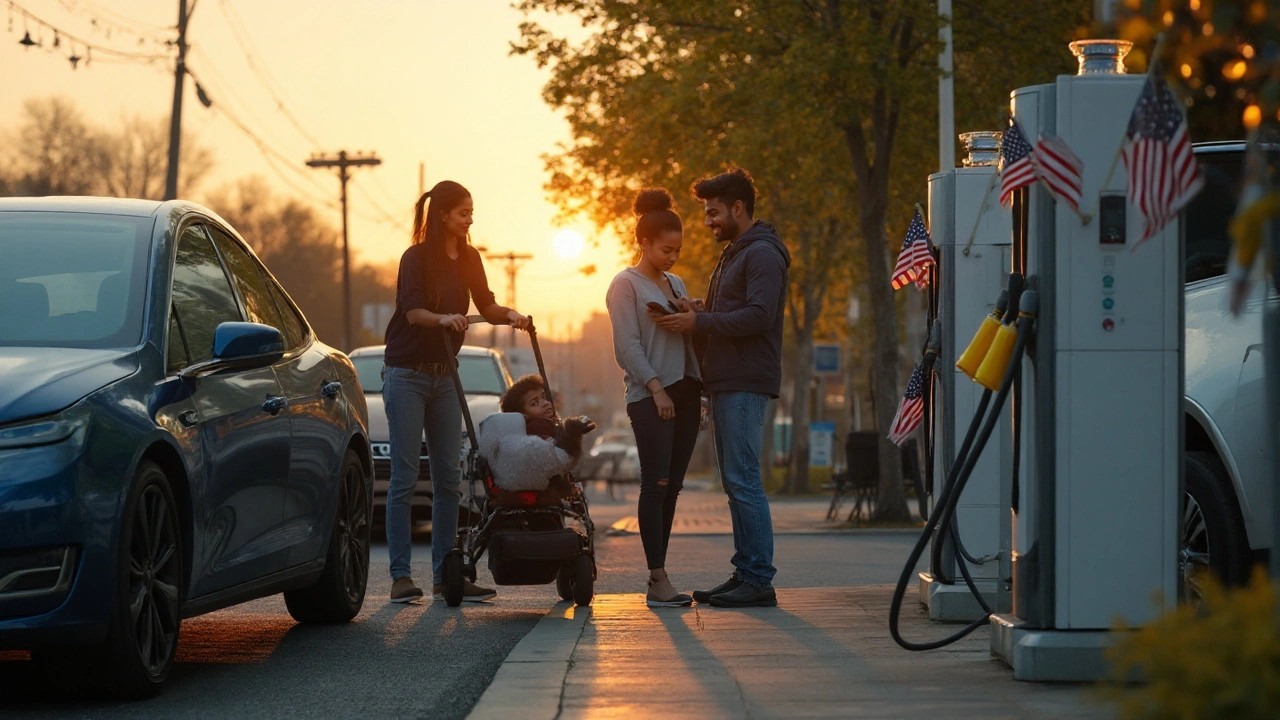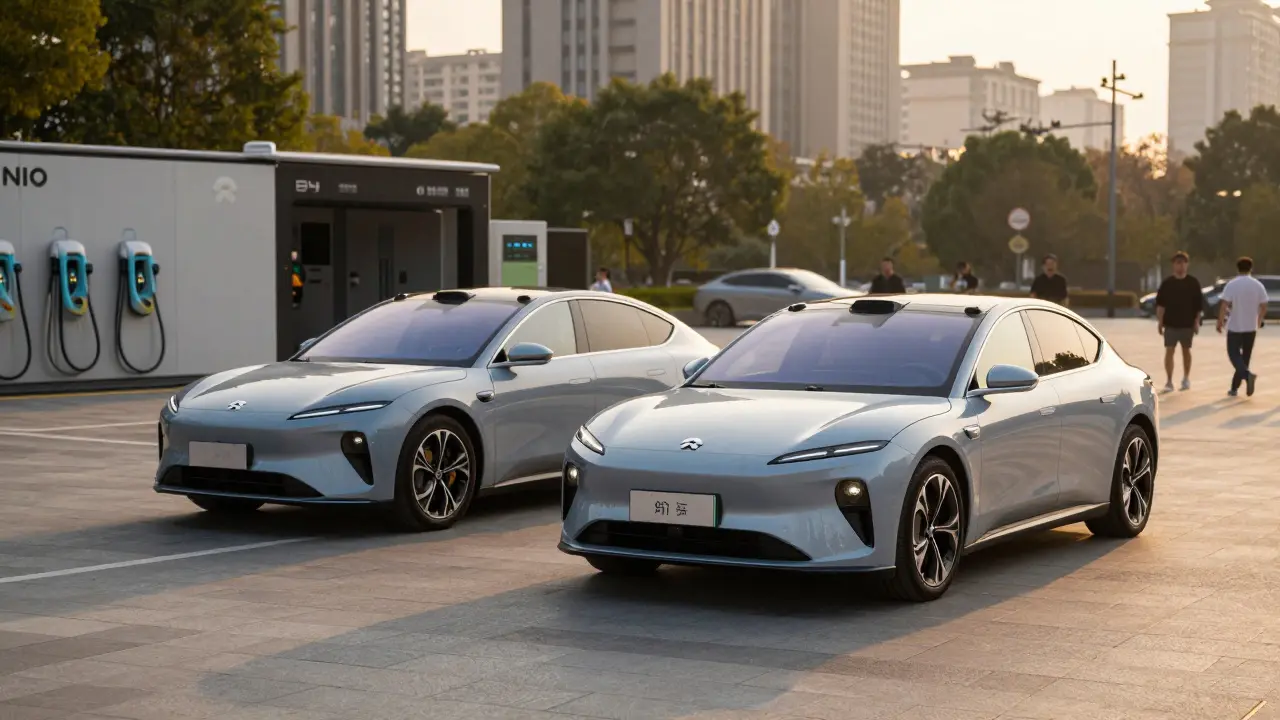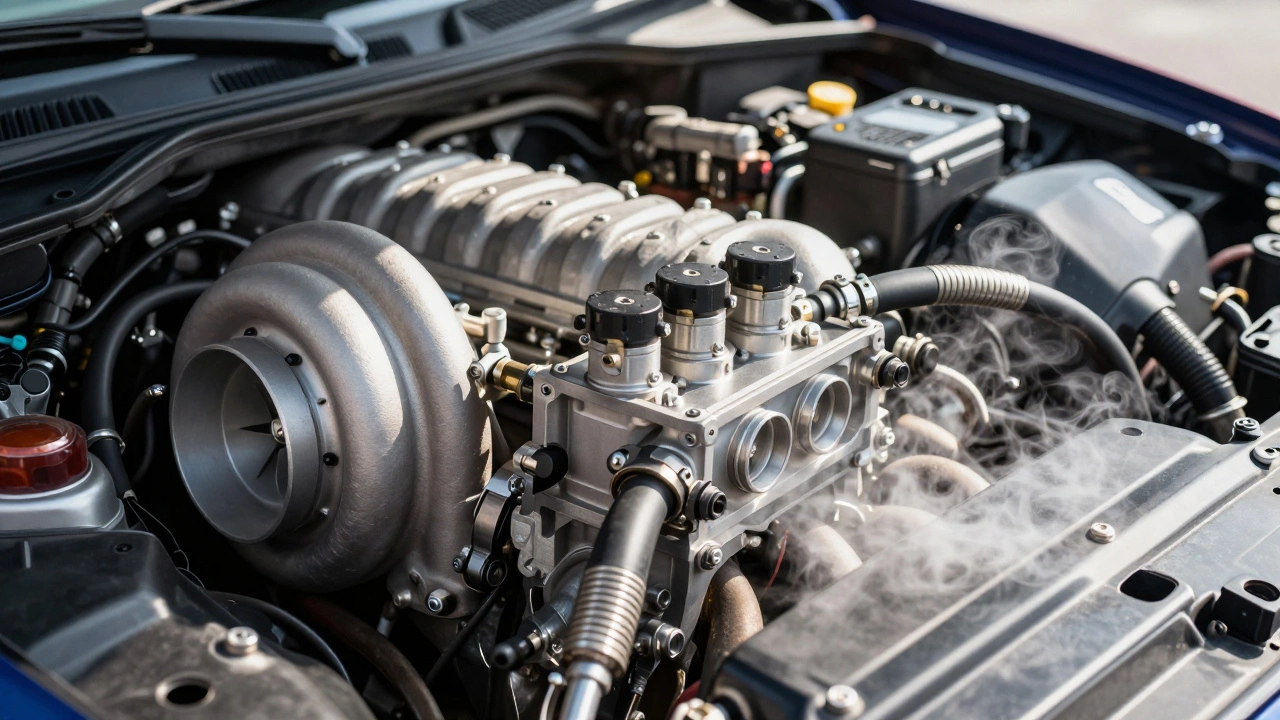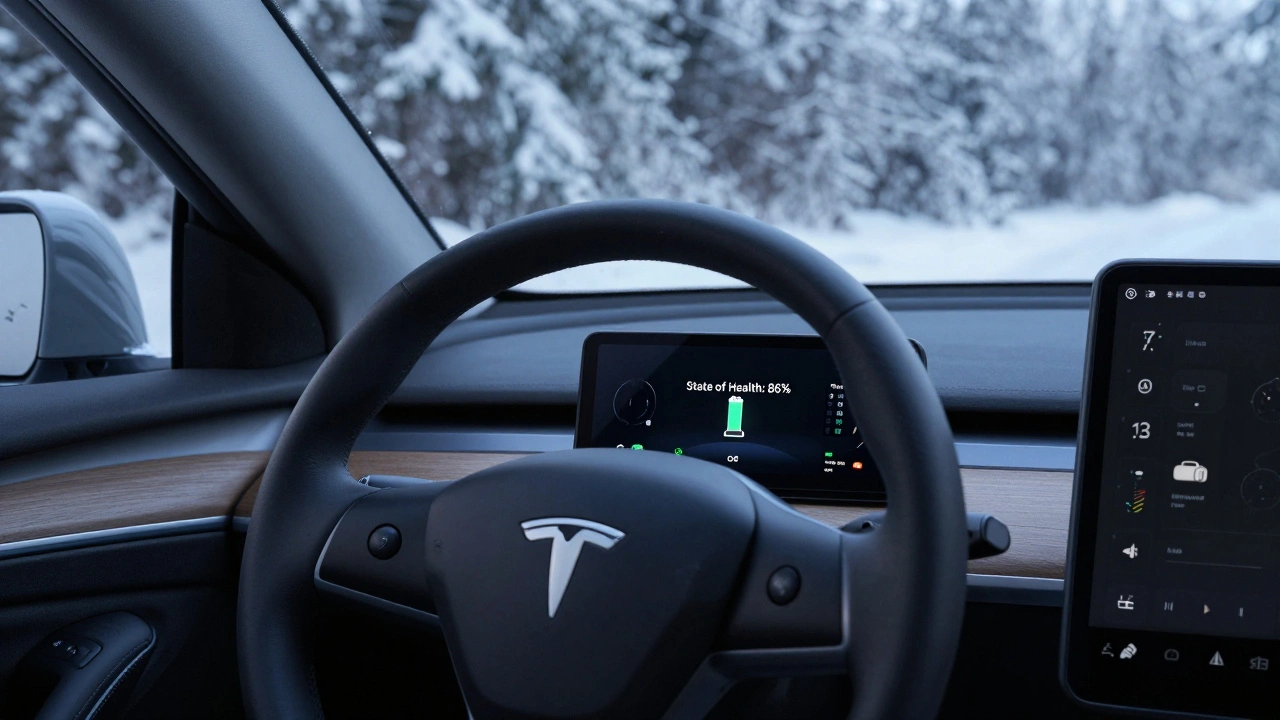Software-Defined Vehicle: What Drivers Need to Know
Modern cars are more like rolling computers than metal boxes. Some high-end models run tens of millions of lines of code, and that code now controls things we used to think of as pure hardware — brakes, steering aids, battery management, even the infotainment. That shift has a name: software-defined vehicle (SDV). If you drive, buy, or repair cars, SDVs matter.
A software-defined vehicle means software, not hardware, decides what features you get and how they behave. Instead of dozens of separate controllers, carmakers move to centralized domain controllers and a vehicle operating system. Features come as modules or apps. Want better cruise control or new driver-assist functions? The maker can push an over-the-air (OTA) update instead of swapping parts.
That sounds neat — and it is. SDVs let manufacturers fix bugs faster, add features after purchase, personalize settings per driver, and optimize systems like energy use or brake response through software tweaks. But the model also introduces new issues: security holes, subscription paywalls, and repair complexity that affects independent shops and used-car buyers.
Why software-defined vehicles matter
First, safety and security change. Software updates can patch a critical flaw quickly, which is great. But they also open a remote attack surface. That means strong cybersecurity practices and regular updates are now safety features. Check how a maker handles security notifications and patch schedules.
Second, business and ownership are different. Many carmakers are moving to subscription features — heated seats, advanced driver assistance, or premium navigation might be locked until you pay. That affects long-term costs and resale value. Also expect diagnostics to rely on proprietary tools and cloud connections; independent mechanics may need new access or partnerships.
What to check before you buy
Check the update policy. How often does the maker release updates? Are they free forever, or only for a limited time? Ask if critical safety patches are guaranteed at no extra charge.
Ask about data and privacy. SDVs collect location, driving habits, voice commands, and more. Read the privacy terms or ask the dealer what data is stored, how long it’s kept, and if it’s shared with third parties.
Know the repair path. Will your local mechanic get access to diagnostic tools and replacement modules? If the car uses special domain controllers, repairs could be slower or costlier. Also, find out if aftermarket parts will work or if the maker locks features to OEM components.
Think resale and subscriptions. If features are subscription-locked, factor their cost into ownership. Confirm which features transfer to a new owner and which remain tied to the original buyer’s account.
Bottom line: software-defined vehicles bring faster improvements and smarter cars, but they change how we buy, maintain, and price vehicles. Ask clear questions about updates, privacy, repairs, and subscription costs before signing on the dotted line.

Automobiles in the Digital Age: 2025 Trends in EVs, Autonomy, and Software-Defined Cars
What’s next for cars in 2025? Clear answers on EV vs hybrid, autonomy you can trust, software updates, subscriptions, charging, costs, and privacy-without the hype.




